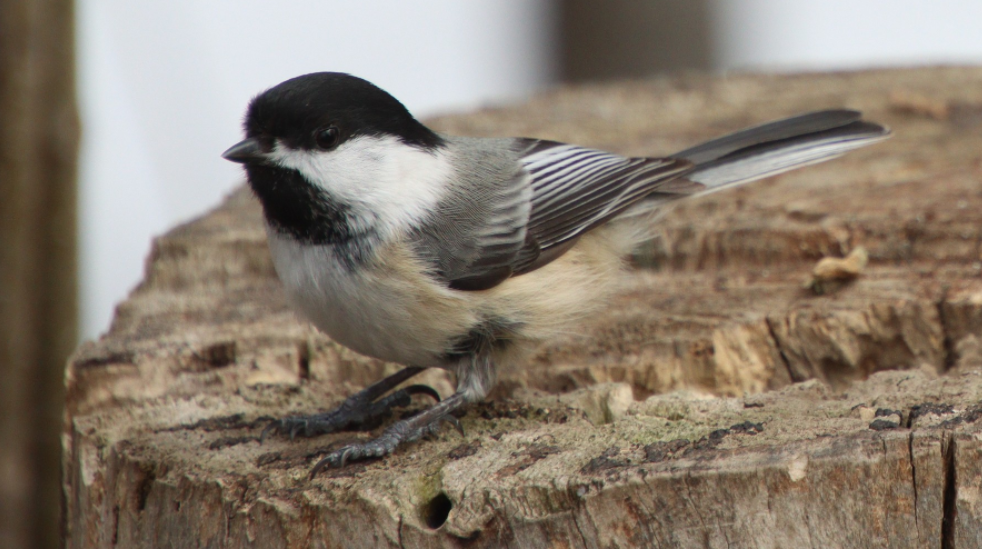Bird Communication
Have you ever wondered what birds are saying as they sing, call, quack, and drum? With these dynamic activities, you and your students will investigate why and how birds communicate and learn to appreciate the songs you hear everyday. Your download includes the Lesson Plans and Student Journal.

© Keith Roath / Macaulay Library
Students will…
- increase their awareness of the sounds they hear outside.
- be able to list the functions of bird calls and songs.
- see evidence to evaluate hypotheses about why birds communicate.
Here are the four bird vocalizations mentioned in the Bird Communication lesson. As mentioned in the lesson, note that the meaning of many calls changes depending on the context and behavior of the bird. In particular, the “chick-a-dee-dee-dee” call is very dynamic. It can be territorial or an alarm or contact call. Depending on your students it may be useful to discuss which situations might change the meaning of the call. For more information on chickadees, also see the the All About Birds website.
- Singing to a potential mate, In most of North America, the song is a simple, pure 2 or 3-note whistled “fee-bee” or “hey, sweetie.” This may also advertise the territory to other chickadees in the area.
- Contact call, chipping chickadees foraging with other birds.
- Danger or alarm call for when a predator is nearby. An increasing numbers of “dee” notes indicates an increasing level of alarm. In this call, you can hear several chickadees joining into the chorus of alarm. Interspersed with the “chickadee-dee-dee” call are scolding, high-pitched “see” notes.
- A territorial “gargle” sound given when one chickadee intrudes on another chickadee’s territory or when two chickadees in a flock get too close together or are “arguing” over food, usually given by the dominant bird.
This lesson is a companion for the Bird Academy’s All About Bird Song module.